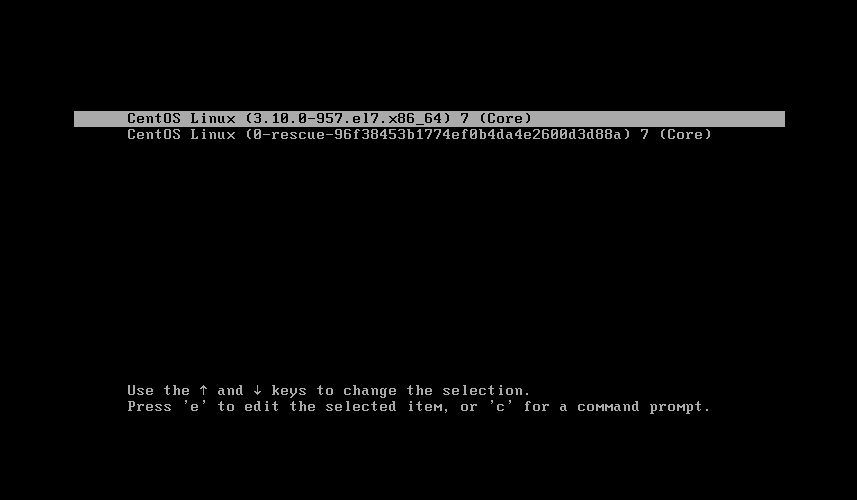背景
为了封禁某些爬虫或者恶意用户对服务器的请求,我们需要建立一个动态的 IP 黑名单。对于黑名单之内的 IP ,拒绝提供服务。并且可以设置失效
1.安装Openresty(编译安装)
1
| wget https://openresty.org/download/openresty-1.19.3.1.tar.gz
|
下载缓存插件
1
| wget http://labs.frickle.com/files/ngx_cache_purge-2.3.tar.gz
|
编译OpenResty
选择需要的插件启用, –with-Components 激活组件,–without 则是禁止组件 ,–add-module是安装第三方模块。
进入刚刚解压好的openresty-1.19.3.1根目录下执行命令
1
| ./configure --prefix=/usr/local/openresty --with-luajit --without-http_redis2_module --with-http_stub_status_module --with-http_v2_module --with-http_gzip_static_module --with-http_sub_module --add-module=/usr/local/openresty-1.19.3.1/modules/ngx_cache_purge-2.3
|
–prefix=/usr/local/openresty: 刚自己创建的目录,用来存放编译后的openresty
–add-module=/usr/local/openresty-1.19.3.1/xxx: 存放第三方插件的位置
2.安装redis
这里我是基于docker安装的redis
1
| docker run --restart=always -p 6379:6379 --name myredis -d redis:7.0.12 --requirepass xxx
|
- -requirepass 是redis密码
3.写lua脚本
1
2
3
4
5
6
7
8
9
10
11
12
13
14
15
16
17
18
19
20
21
22
23
24
25
26
27
28
29
30
31
32
33
34
35
36
37
38
39
40
41
42
43
44
45
46
47
48
49
50
| ip_bind_time = 30
ip_time_out = 6
connect_count = 10
local redis = require "resty.redis"
local cache = redis.new()
local ok , err = cache.connect(cache,"127.0.0.1","6379")
local res, err = cache:auth("xxx")
cache:set_timeout(60000)
if not ok then
goto Lastend
end
is_bind , err = cache:get("bind_"..ngx.var.remote_addr)
if is_bind == '1' then
ngx.exit(ngx.HTTP_FORBIDDEN)
goto Lastend
end
start_time , err = cache:get("time_"..ngx.var.remote_addr)
ip_count , err = cache:get("count_"..ngx.var.remote_addr)
if start_time == ngx.null or os.time() - start_time > ip_time_out then
res , err = cache:set("time_"..ngx.var.remote_addr , os.time())
res , err = cache:set("count_"..ngx.var.remote_addr , 1)
else
ip_count = ip_count + 1
res , err = cache:incr("count_"..ngx.var.remote_addr)
if ip_count >= connect_count then
res , err = cache:set("bind_"..ngx.var.remote_addr,1)
res , err = cache:expire("bind_"..ngx.var.remote_addr,ip_bind_time)
end
end
::Lastend::
local ok, err = cache:close()
|
1
2
3
4
5
6
7
8
9
10
11
12
13
14
15
16
17
18
19
20
21
22
23
24
25
26
27
28
29
30
31
32
33
34
35
36
37
38
39
40
41
42
43
44
45
46
47
48
49
50
51
52
53
54
55
56
57
58
59
60
61
62
63
64
65
66
67
68
69
70
71
72
73
74
75
76
77
78
79
80
81
82
83
84
85
86
87
88
89
90
91
92
93
94
95
96
97
98
99
100
101
102
103
104
105
106
107
108
109
110
111
112
113
114
115
116
|
worker_processes 1;
events {
worker_connections 1024;
}
http {
include mime.types;
default_type application/octet-stream;
sendfile on;
keepalive_timeout 65;
server {
listen 80;
server_name localhost;
location / {
root html;
index index.html index.htm;
access_by_lua_file "/usr/local/openresty/nginx/lua/access_by_redis.lua";
}
error_page 500 502 503 504 /50x.html;
location = /50x.html {
root html;
}
}
}
|
启动下就可以了







